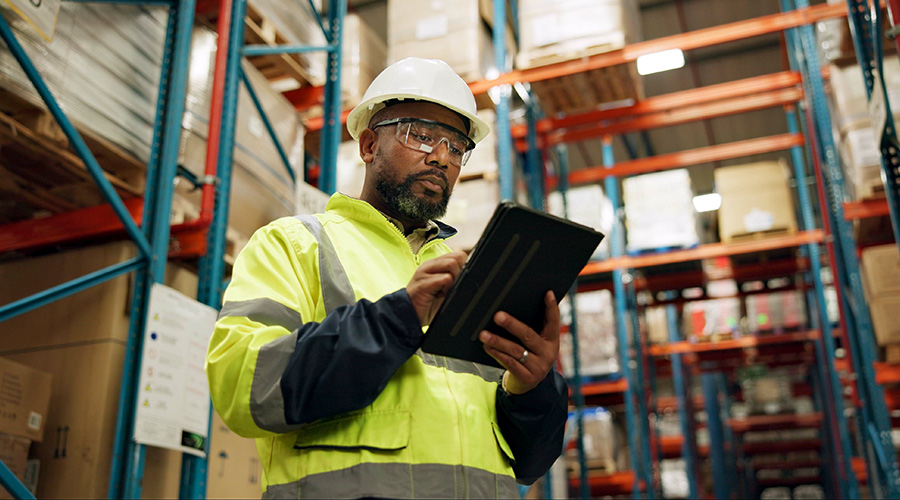3 Strategies for Promoting Psychological Safety During the Pandemic
Why do many occupants still not feel safe at work? Here are some important tips for overcoming workers' hesitations for returning to the office.
The CDC and OSHA have provided best practices for businesses to ensure safe operations. Yet, even with these new safety measures in place, many employers are reporting that their employees do not feel safe at work. If our goal is to keep people safe in our businesses, and we are doing everything the experts say we should be doing, then why don’t people feel safe? The answer is that it is psychological.
Psychological safety is not the given state within an organization or team. It is not something that is guaranteed in the workplace, but rather it is something we need to build and sustain. It takes time and repetition for teams to truly reach a point where people feel psychologically safe. Every group, team, and situation will be slightly different, but some of the practices you can start immediately to begin building psychological safety are: providing clear and frequent communication, asking questions while welcoming feedback, and expressing appreciation.
1. Clear and frequent communication: When we experience uncertainty, we feel unsafe and anxious. One of the most effective ways to help ensure certainty is to clearly and frequently communicate expectations. This is a current practice in most facilities today with respect to physical safety. For instance, in a manufacturing facility you will likely see messaging in the form of signs or floor markings that communicate how you should behave to ensure you remain physically safe.
With respect to COVID-19, the most successful organizations are using a variety of methods and channels to communicate how people should behave (such as PPE requirements, protocols for entering a building, wearing a face mask, etc.). By clearly communicating what is expected we create an environment where people understand what they need to do to remain safe.
Demonstrating care for people’s physical safety is essential to demonstrate that you also care about their psychological safety.
2. Ask questions and welcome feedback: Once expectations are clearly communicated, it is critical to ensure they are understood. Too often we assume people understand what we are trying to communicate. A helpful habit to develop is to check for understanding by asking questions.
This invites a person to share their interpretation of the information, which reinforces psychological safety because it sets the stage that however they respond is the correct answer. It also allows for further explanation as needed.
Questions also create the opportunity for feedback. Now more than ever we should welcome feedback regarding how to best operate in a COVID-19 world. We are all working in a new environment and doing our best to adapt. Allowing and encouraging feedback with respect to new expectations invites people into the process, which further develops psychological safety.
3. Express appreciation: Throughout the adaptation of a new expectation it is important to express appreciation and gratitude. When people are making changes or going through transitions, they will experience a variety of emotions. An effective way to lead them through a transition is to recognize and reinforce the positive behaviors you see. This might seem simple, but it has proven to be an effective method time and again.
There are many ways to express appreciation or recognition. The most important element, regardless of how it is expressed, is that it is directly connected to a specific action or behavior and not a vague sentiment. Just saying “thank you for being great” is not as effective as clearly stating the specific action or behavior the person did that you appreciate.
Recognizing and showing your appreciation helps build an environment that is psychologically safe. It demonstrates to people that you understand the effort or work that went into making a change happen or how they embraced a new expectation. The simple act of acknowledging the work that people do is an effective practice in developing psychological safety.
Cheryl Collins (cheryl@knowledgewaits.com) is a psychological safety advocate and principal consultant at Knowledge Waits Consulting.
Related Topics:














